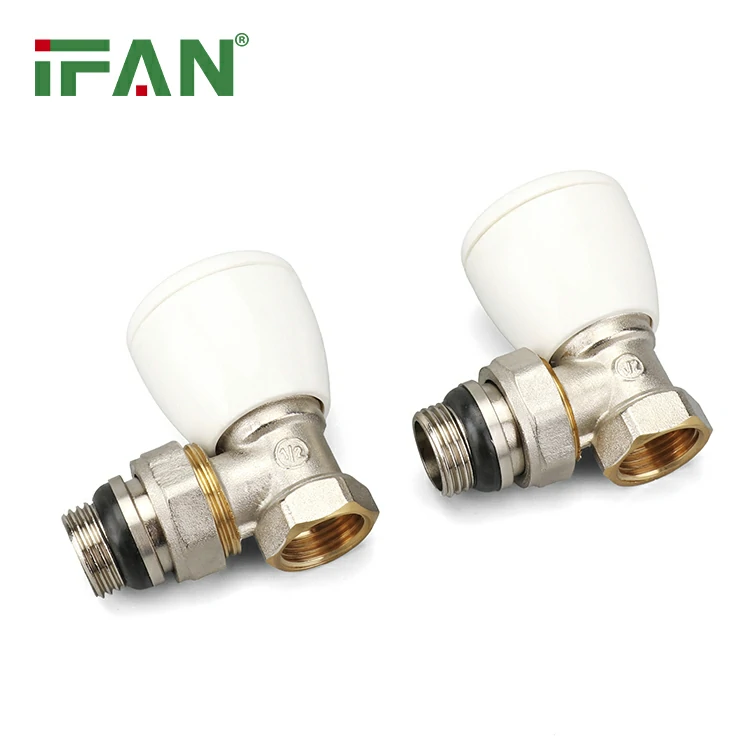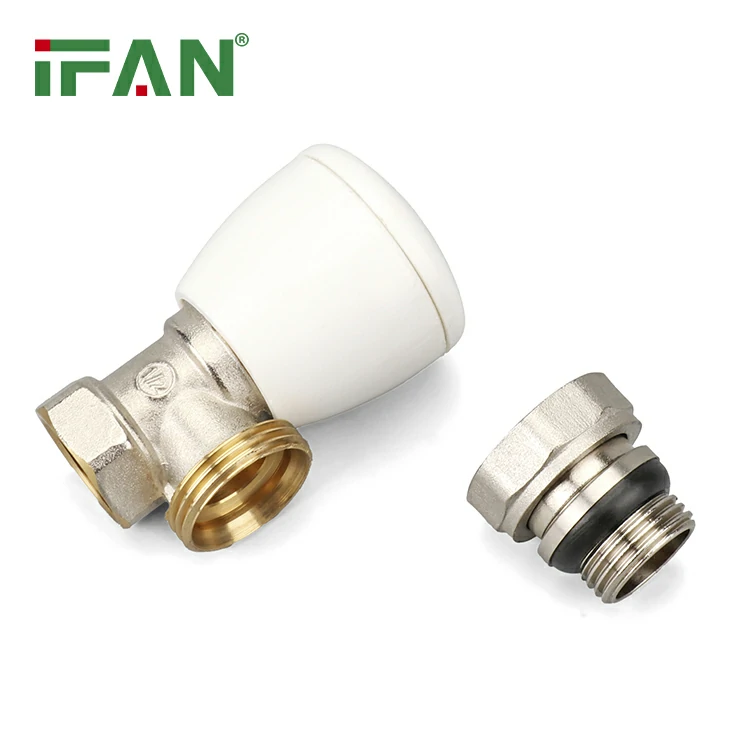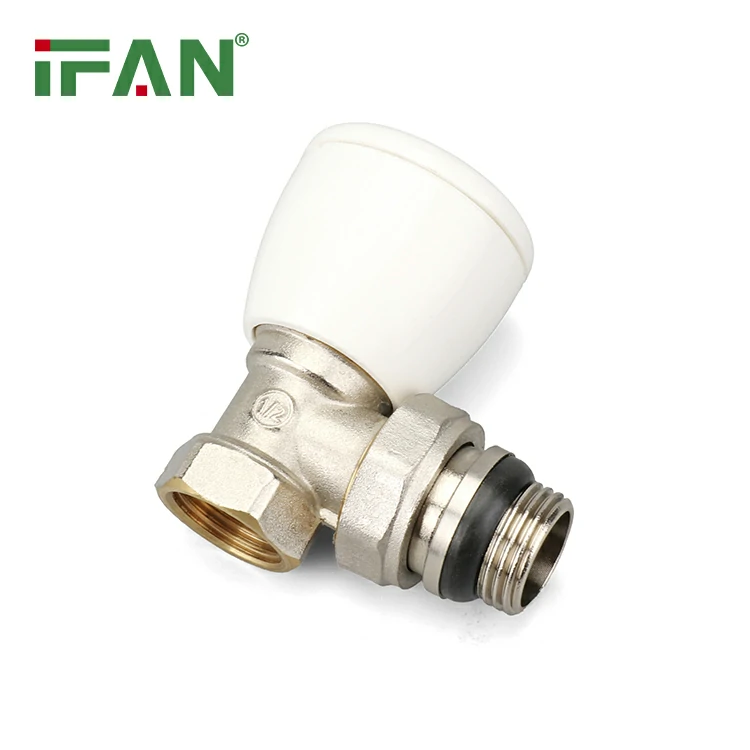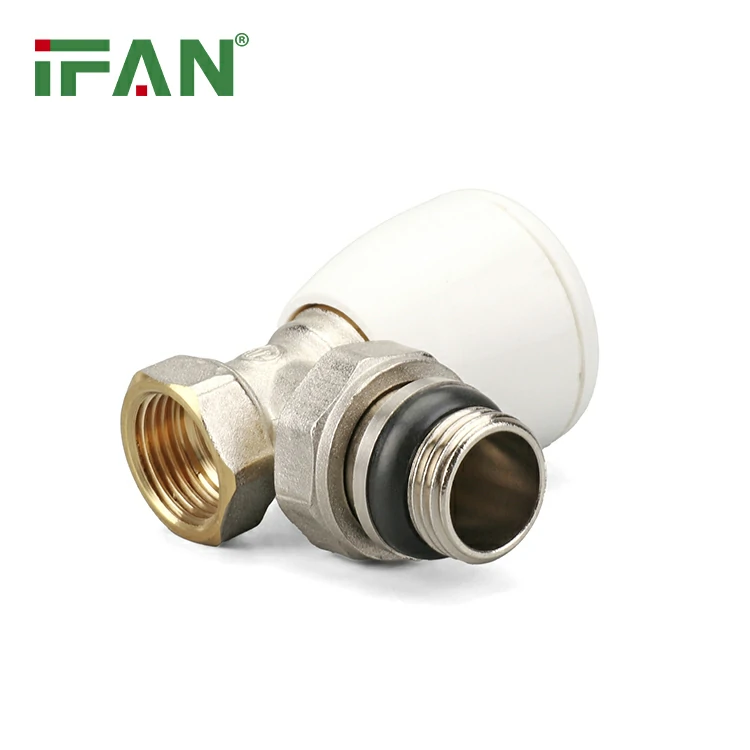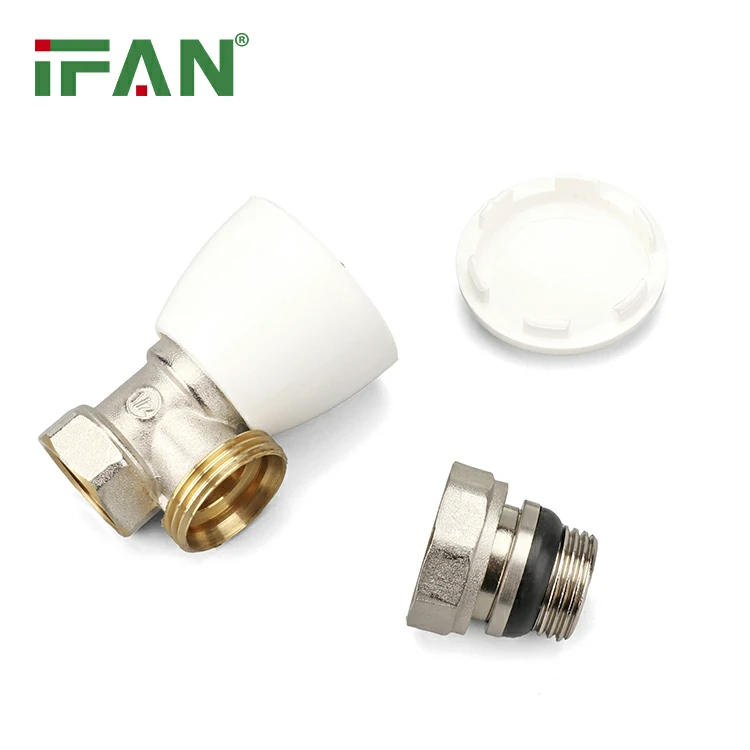Description
Introduction: Why Radiator Valves Matter
Radiator valves control the flow of hot water into your radiators.
They help regulate temperature and improve heating system efficiency.
Choosing the correct radiator valve can reduce energy usage and increase comfort.
There are several types designed for different systems and user preferences.
If you install the wrong type, your radiator might not function properly.
This article helps you determine which radiator valves suit your home.
We explain features, fittings, and tips for choosing the right valves.
Understanding radiator valve ensures your heating system works effectively year-round.
Types of Radiator Valves Explained
There are two main types: manual valves and thermostatic radiator valves (TRVs).
Manual valves control heat manually by turning a knob to increase or decrease flow.
TRVs automatically regulate radiator temperature by sensing room temperature.
TRVs are energy-efficient and ideal for maintaining consistent room temperatures.
Some TRVs include numbered dials for easier setting adjustments.
Manual valves are simpler and usually cheaper than TRVs.
Radiator valve can also differ in design—straight, angled, or corner versions.
Choosing between manual or thermostatic depends on how much control you want.
Understanding Valve Connection Types
Radiator valve connects differently depending on the plumbing layout in your home.
The three common types are straight, angled, and corner valves.
Straight valves are used when pipework runs horizontally into the radiator.
Angled valves are most common, connecting horizontal pipes to vertical radiator inlets.
Corner valves connect pipes from the wall at a 90-degree angle.
Make sure your selected radiator valves match your pipe and radiator inlet positions.
Incorrect fittings can cause leaks or installation difficulties.
Always check the pipe direction and radiator orientation before purchasing radiator valves.
Pipe Size and Valve Compatibility
Radiator valve must match your pipework size for proper function.
Most UK homes use 15mm pipes, compatible with standard radiator valve.
Some older systems or commercial setups may use 10mm or 22mm pipes.
Use a tape measure or caliper to check your existing pipe diameter.
Valves should also match the radiator thread size, usually ½ inch BSP.
Adapters are available, but matching sizes is more efficient and reduces leak risks.
When upgrading an old system, always verify compatibility of new radiator valve.
Correct sizing ensures efficient heat distribution and secure connections.
Design and Aesthetic Considerations
Radiator valves come in various styles to match room decor.
Modern valves are available in chrome, brass, black, and even colored finishes.
Minimalist homes might prefer sleek, contemporary designs with smooth lines.
Period-style homes can use traditional valves with cross-head or ornate features.
The valve’s appearance may not affect performance but influences room aesthetics.
Designer radiator valves combine function with style for visible installations.
TRVs and manual valves are available in both modern and classic designs.
Choosing attractive radiator valves enhances both efficiency and appearance.
Special Valve Features and Smart Options
Some radiator valve includes smart technology for better control.
Smart TRVs connect to Wi-Fi and allow temperature adjustments via mobile apps.
They can integrate with smart thermostats or home automation systems.
Smart radiator valves are useful for zoning different rooms or floors.
Programmable features help reduce energy costs by heating only when needed.
Some valves have built-in frost protection to prevent freezing during winter.
Advanced models detect open windows and reduce heat accordingly.
If you want greater control, consider smart radiator valve for convenience and savings.
When to Replace Radiator Valves
Over time, radiator valve can become worn or blocked.
If your radiator isn’t heating evenly, the valve may be the issue.
Dripping valves or difficulty adjusting temperature are also warning signs.
Replacing faulty radiator valve can restore heating efficiency and avoid leaks.
Upgrading to thermostatic models may also lower heating bills.
Install new valves during radiator upgrades or full system flushes for efficiency.
If you’re unsure, consult a heating engineer before replacing radiator valve.
Maintenance ensures long-lasting performance and comfort.
Conclusion: Making the Right Choice
To choose the right radiator valve, evaluate your heating system and preferences.
Know your pipe layout, valve connection type, and pipe diameter.
Decide between manual and thermostatic options based on your heating goals.
Consider smart valves if you want flexible, app-based control.
Match valve design with your interior for seamless integration.
When unsure, ask a heating professional for advice on radiator valve.
The right choice ensures efficiency, comfort, and long-term system health.
With proper knowledge, choosing radiator valve becomes simple and effective.
相关产品
- Brass Radiator Valve
IFAN Female Thread Radiator Valve
- Brass Radiator Valve
IFAN High Quality Brass Radiator Valves
- Brass Valve
Radiator Angle Valve
- Brass Valve
Radiator Valves
HAVE ANY QUERIES? SEND TO CONTACTOANTSMACHINE.COM
ONTACT US

